Exploring Artistic Expression in a Digital Age
April 12, 2022
With the growing technological advancements and digitization of the modern world, our means of artistic expression have been transformed and broadened. Art has always been a key part of the human experience, from the times of cave paintings to the present day. In this multimedia package, Eastside dives into new means of artistic expression such as digital art and cyber fashion and explores future possibilities for art in this digital age.
Technology remains intertwined with the course of artistic evolution
Without a doubt, art — whether visual, auditory, or literary — is a defining part of the human experience. By bringing their creativity to a canvas, a page, a pen, a piano, people can leave an everlasting mark on the world, transcending the boundaries of time and space.
Naturally, an artist’s tools certainly play a role in shaping how they express themselves. Although one’s imagination might be infinite, the extent to which they can reflect this creativity in the physical world is often limited by the medium with which they create. Thus, it is no surprise that the evolution of art in society has long been intertwined with that of technology and that major transformations in the art world often coincide with breakthroughs in the world of technology.
For instance, one of the most famous inventions, Johann Gutenberg’s printing press, transformed creative expression in Europe when it was first introduced there in the mid-15th century. Suddenly, novelists, poets, and philosophers could distribute their work at a much faster pace to a much wider audience, revolutionizing literature in Europe. Not only that, but this invention ignited a new age of the fine arts as well. Painters and sculptors were entranced by the tales of Greek and Roman mythology that they could now read about in books, leading to the creation of famous paintings such as Sandro Botticelli’s “The Birth of Venus”.
On countless other occasions, new inventions have expanded the scope for creative expression. During the Industrial Revolution, the creation of a host of new, brighter paint colors — such as Viridian Green, Cobalt Blue, and Cerulean Blue — ushered in an era of artists that emphasized use of color to express emotion and mood. Inventions like the phonograph and the microphone, as well as modern day advancements in auditory engineering have transformed the way music is recorded by artists and enjoyed by listeners.
Today, technology has become ubiquitous in nearly all aspects of life and is as connected to the art world as ever. With the Internet and social media platforms, artists can share their work with millions of people, gaining exposure in a way that was simply not possible in the past. Likewise, with the ability to access countless galleries of artwork at their fingertips, it is easier than ever for one to appreciate art. Of course, artists continue to take advantage of technology as new mediums of expression, such as through immersive art exhibitions, 3D printing, digital art, AI-generated creations, and more.
Even as the tools with which we express ourselves experience transformation after transformation, one thing remains constant. Like the first people who left stencils of their hands etched along cave walls, humankind continues to leave a legacy on the world through art.
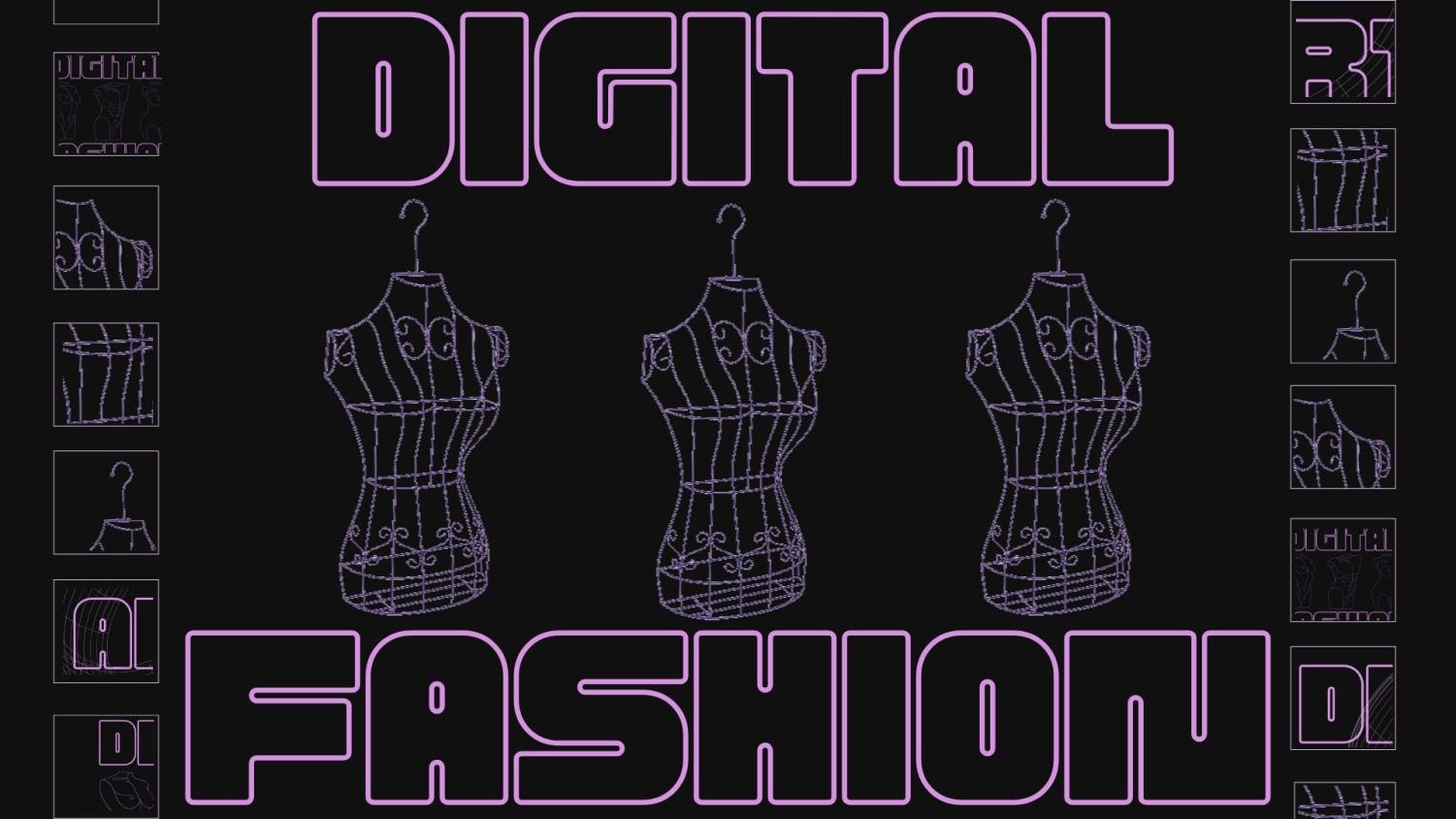
The concept of digital fashion presents an avant-garde and more sustainable of experimenting with new looks and trends.
Designing fashion in a digital age
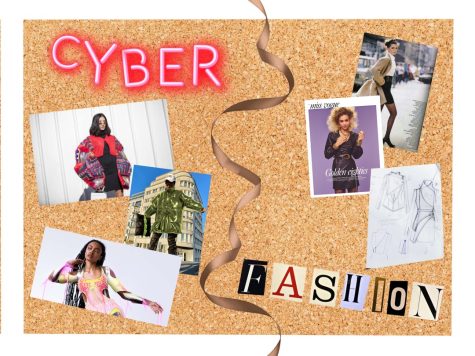
When you peruse clothing stores, what do you think of? Perhaps an image of rows of clothing, each one with different colors and materials for every occasion, comes to mind. However, a fresh take on fashion has revitalized this scene.
Digital clothing, created in 2018 by Carlings, a Scandinavian retailer, isn’t made of fabric. Instead, it’s made of pixels. The process of buying it is simple; users choose a piece of digital clothing through an online display. The buyer can then send a picture of themselves to the company to be manipulated by the software or edit the clothing directly onto their own body. Essentially, the user buys the software that edits that specific image onto their picture, not an actual piece of clothing.
Through this digitized process, users are provided a clean option of fashion which can make high-end fashion more accessible. In the United States alone, 16 million tons of textile waste are generated annually, according to the Environmental Protection Agency. Digital fashion has a carbon footprint that is 95% lower than that of a physical garment.
With a culture of “fast fashion,” digital clothing allows users to make a quick, trendy purchase that provides a one-time wear and doesn’t take up the space that physical clothing does. Digital clothing has been pivotal in shaping the culture of runway fashion. Platforms like Digital Runway use artificial intelligence to create avatars and 3D clothing.
Most recently, metaverse platform Decentraland hosted their “Metaverse Fashion Week”, featuring collections from brands such as Dolce and Gabbana. The five-day inaugural virtual fashion week event included runways walked by virtual avatars, virtual pop-up shops, and more.
While style constantly evolves and shapes current trends, digital clothing has provided a glimpse into the future of fashion.
Digital Fashion Catalog
Digital fashion has the potential to become mainstream
Ever since its emergence as a result of industrialization, fast fashion has devoured the planet. It has created millions of tons of textile waste per year discarded in landfills and led the fashion industry to become one of the leading contributors to carbon emissions. Meanwhile, clothing consumption continues to rise as brands like Zara and H&M churn out hundreds of new designs each week. Using social media, such brands advertise to the extent that photos of their clothing become ubiquitous; users, especially those of their target demographic of young women, feel the unbearable urge to buy new clothes for fear that they cannot repeat an outfit. However, calls for more sustainable practices have been growing, as evidenced by the protests during the 2020 London Fashion Week and several fashion brands’ participation in the UN’s Fashion Industry Charter for Climate Action as well as the popularization of clothes thrifting. Yet, the demand for more clothes remains constant.
In the background, the metaverse, in which people can live their lives digitally, has begun to rise. With billions of dollars worth of investments in its development coupled with rapid advances in augmented and virtual reality technology, the metaverse shows immense potential for the technologically savvy.
Despite the fact that the two topics appear unrelated, their combination gives rise to the phenomenon of digital fashion. Just as it sounds, digital fashion is clothing that is intangible and rather, digitally available to wear; the clothes operate much like the filters that pervade social media and draw inspiration from concepts like Fortnite skins. Unique and undeniably science-fiction-like, digital fashion is growing. Its ability to keep up with increasing demand for new clothes, while remaining sustainable (and creating no textile waste because of its digital nature) is one of its best selling points. For younger, more technologically savvy generations of environmental enthusiasts, it may be a way to have it all. Its distinctive marketability and digital nature may certainly also appeal to influencers looking to keep up with trends without having to commit to one-time-wear pieces made by underpaid garment workers. Its adaptability of fit could eliminate the need for sizing which prevents certain individuals from buying the clothes they want. Additionally, digital fashion opens up new avenues for future designers to launch their careers without the burdens of excessive production costs; they can experiment, design, and sell clothes completely digitally while still inducing the same feeling of wearing new clothes. Though there may not be the rush of holding the fabric, the colors are just as vivid (if not, more so) and the shape is still as true to one’s body.
With all of its benefits and its ability to disrupt fashion as we know it, digital fashion’s rise holds promise for a digital future that is far closer than we imagine. That future may feature elaborate clothes for metaverse avatars or even filter-like intricately embroidered garments. Virtual fashion shows may feature a digital version of haute couture pieces that sell for thousands of dollars. Textile waste may finally decrease and everyone may own a digital closet. In our material world, only time will tell.
Digital fashion does NOT have the potential to become mainstream
Ever seen an influencer with an outfit digitally placed onto them? Me neither—until today. This is a part of something called digital fashion, something that’s become possible in recent years due to the rise in gaming, online presence, and now, NFTs. It’s argued that digital fashion is a rising trend that will soon insert itself into the mainstream fashion scene, but many more factors point towards the contrary.
Digital fashion, as defined by This Outfit Does Not Exist, is composed of three categories: physical clothing with a digital backend, digital clothing for the physical being, and digital clothing for digital avatars. Despite the ever-increasing use of technology and rapidly changing clothing trends, I believe digital clothing will not—or, at least, not for many, many years—become part of the mainstream fashion culture.
Primarily, it doesn’t take a genius to realize that digital fashion is useless in the real world. An outfit you can’t physically wear will never compare to physical clothing. Sure, digital outfits may be fun to play around with (online fashion games like Moviestarplanet that were popular with kids years ago proves this) and sizing is never an issue with digital fashion, but they’re not clothes at the end of the day. Everyone moves on from an Instagram post, but when it comes to your next interview, meeting, date night, or even what you’ll wear tomorrow, your options lie with what’s in your wardrobe at home.
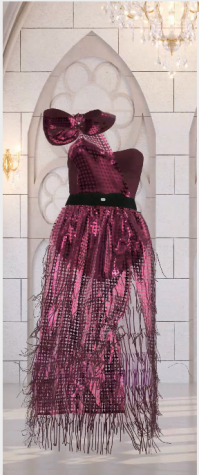
This is not to mention that digital fashion is unreasonably expensive and unsustainable. Big digital fashion marketers like DressX and Digitalax sell these products straight from their websites; on DressX, products range from $25.00 to $65.00, and on Digitalax, where pieces are sold for thousands of dollars. Its current most expensive item, the Davinda Dress (see right), is being sold for a whopping $5993.01. Getting involved with digital fashion doesn’t seem like something the majority of Americans would—or can—do. Therefore, the digital fashion industry has no large place in mainstream fashion as of now.
The reason why digital fashion can uphold itself is because they’re typically minted into NFTs, which are profitable but widely criticized. Many argue that NFTs are unlikely to die in the near future, but others argue that the NFT industry has no long-term value. Coinbase cofounder Fred Ehrsam, for instance, warned that 90% of NFTs will be worthless in 3 to 5 years. Similarly to NFTs, which come with incredibly harmful environmental implications, digital fashion does not come without its own digital footprint. If we want to strive for a greener future, this aspect of digital fashion will have to change—or it will simply not work.
Eastside creates digital fashion!
Eastside Editor-in-Chief Jacy Dickstein (’22) uses Procreate to create digital fashion outfits for Eastside editors Alena Zhang (’23) and Heidi Kwak (’24)!
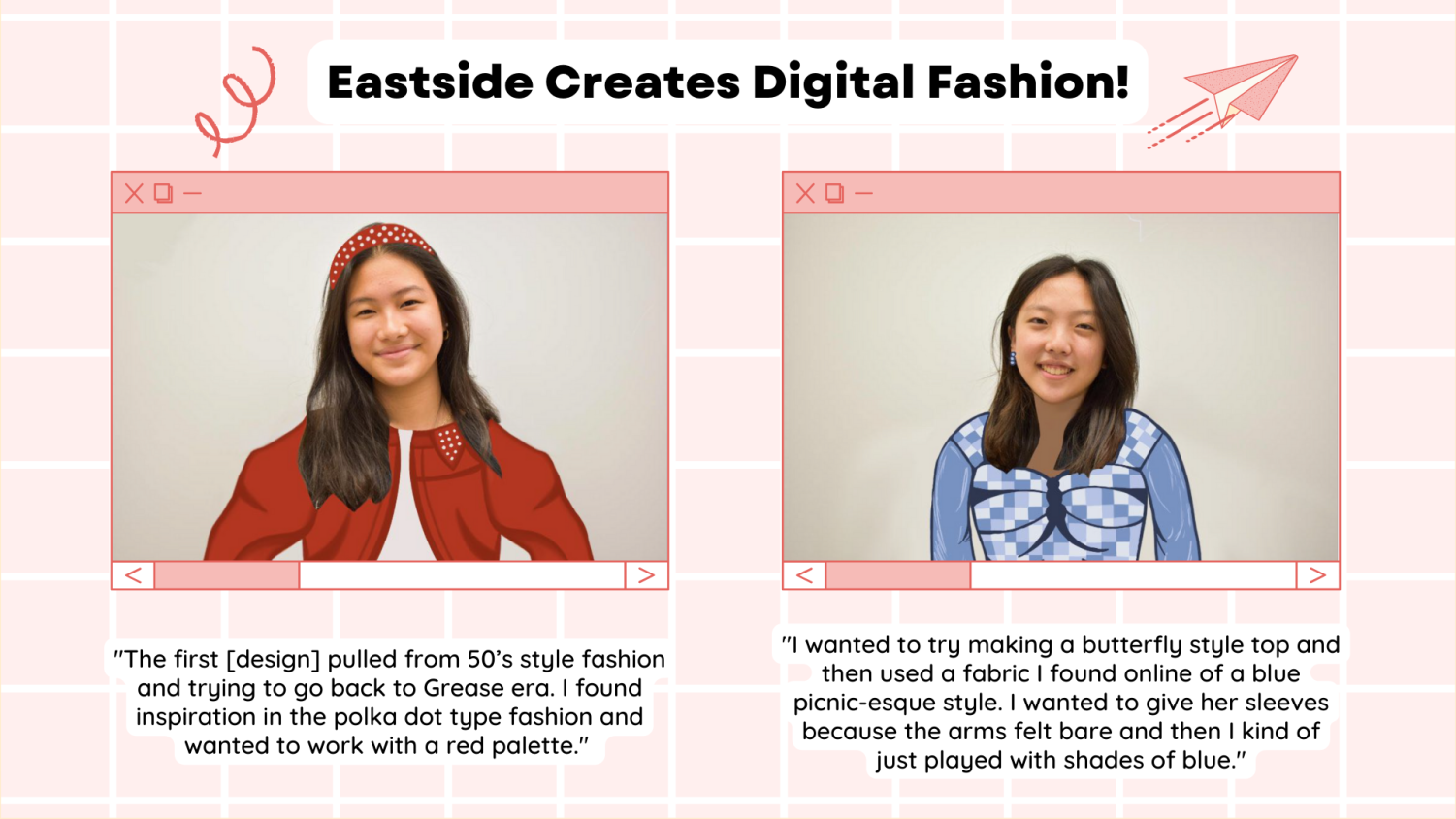
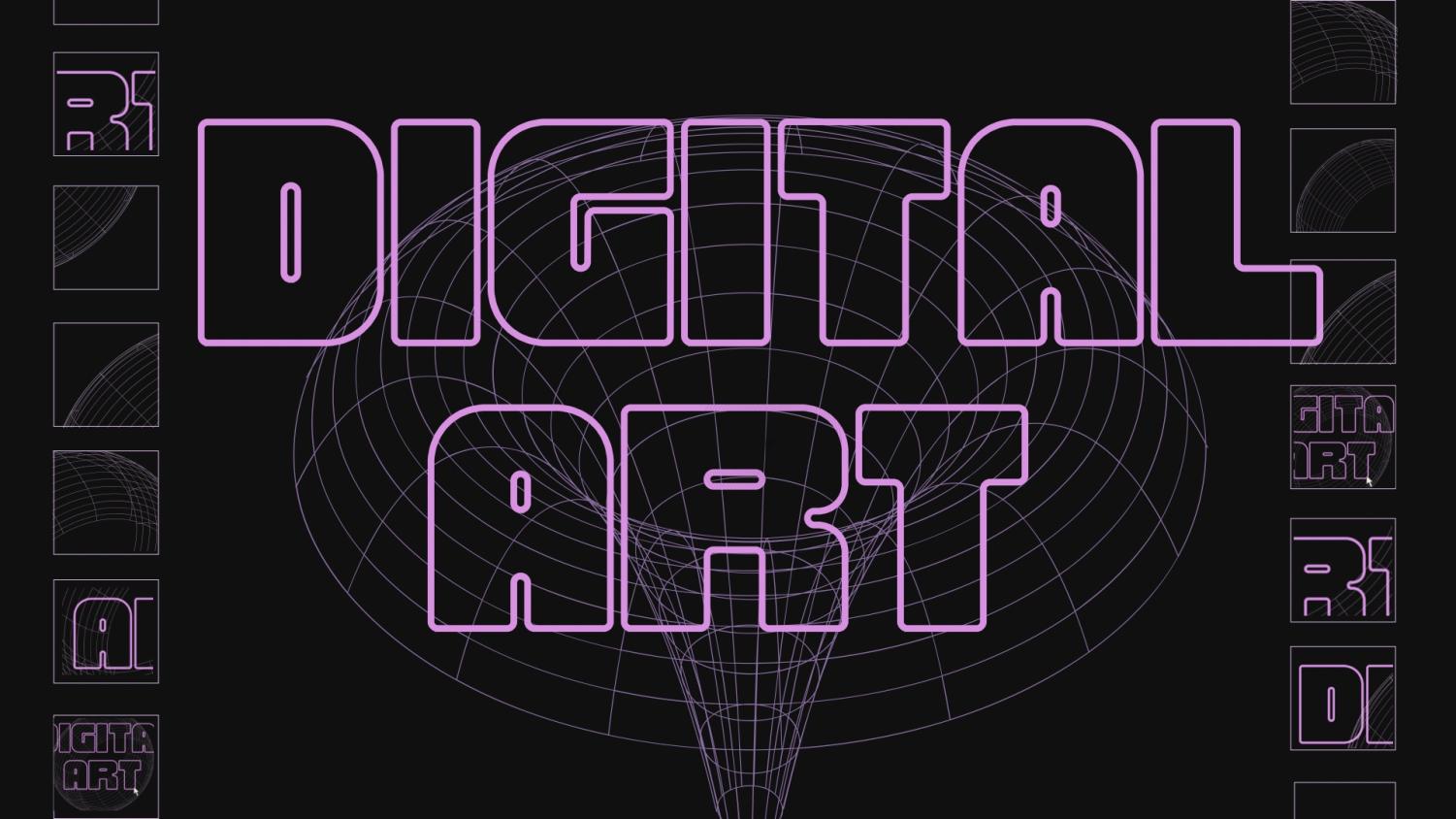
Just like traditional art forms, digital art provides new techniques for people to express themselves in creative ways.
Creating art in a digital age
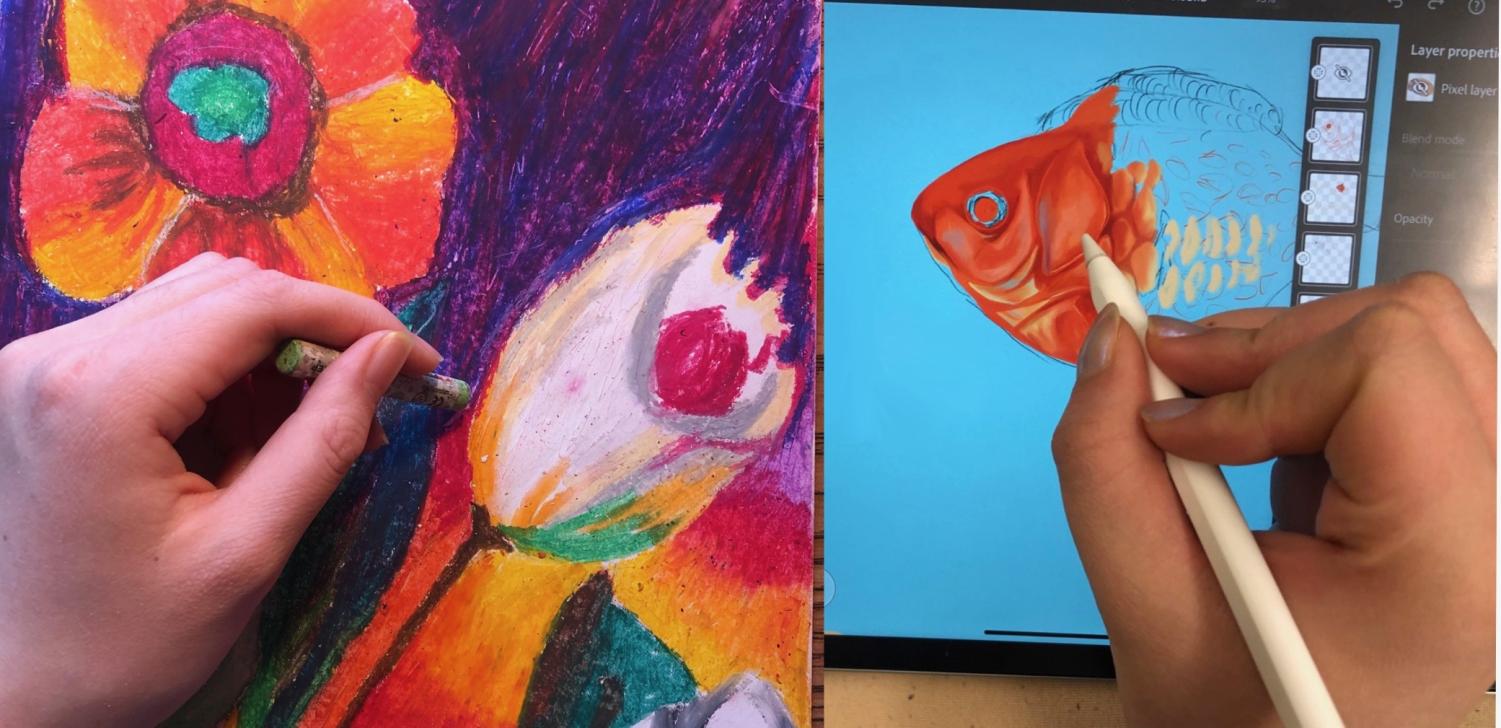
The parity between real world and digital world seems to be getting more and more apparent everyday. Nowadays, such a fine line exists separating what can be done manually, and what could be done with technology in just a fraction of the time. Methods of creative liberty are no exception. In the midst of a modernizing world, conventional art has also been warped into digital form. Digital art has been stirring up loads of controversy–but first, what is digital art? Animations, photo illustrations, or digital painting created via technology falls into the category of digital art. Debates in the media speak on the validity of digital art being classified as “art.” Turning to our dear friend Miriam Webster, art is defined as something that is created with imagination or skill and that is beautiful or expresses important ideas or feelings. The key to this debate revolves around the one word in this definition—created. What constitutes something as being created? Does a creation have to be something made physically, with tangible results? Or does a creation just mean something that was produced by someone with some platform? These questions have led to a divide in the public’s views on digital art. While some consider it to be expressive and magnificent, others say it is not real art. Despite arguments being made on both sides, the process behind creating a piece of well-thought out digital art is very time-consuming. With just two materials– a device with some digital software/platform, and a drawing tool– creating digital art can take around 40 hours on average (according to the American Job Center).
Digital art is more than simple doodles on a screen, from precision in typography to understanding color theorem, there are lots of moving components of a drawing. Digital art is the future of art, appearing in children book illustrations, product advertisements, and throughout television and film productions. These graphic renditions of lines and shapes are often transformed into moving animations or logos. Digital art truly kickstarted after 1960 when museums started incorporating graphic work into their exhibits. One of the first ever graphic design pieces was created by Kenneth Knowlton called Computer Nude (Studies in Perception l). The art featured a naked woman covered in pixels, creatively covering her body parts with distorted art.
Top 5 Digital Art Software
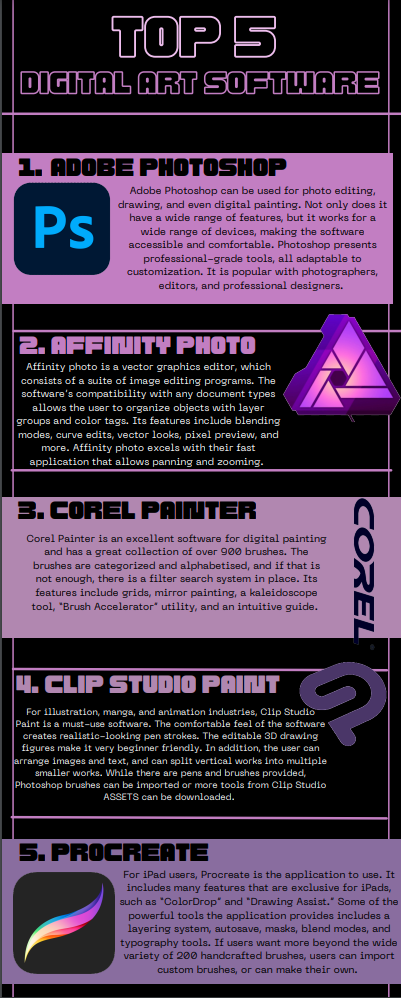
TIMELAPSE: Creating Digital Art
In this timelapse, watch as Eastside Photo Editor Heidi Kwak (’24) creates digital art using Adobe Illustrator!
East students explore digital art and media through Computer Graphics classes
Max Green(‘23) works on touching up a photo during his Block H Computer Graphics class.
When someone says art, many peoples’ minds would automatically imagine a paint brush stroking a blank canvas or a drawing pencil making contact with sketchbook paper. However, art branches out to so much more than just the traditional forms of art. Digital art has been making its ways into individuals’ everyday lives and proves to be applicable in daily life, especially in F083, the Computer Graphics class at Cherry Hill East.
“The course has a very relaxed environment, but everyone is still being productive and learning new things,” said Max Green (‘23).
Green is taking Advanced Computer Graphics this school year. He did not have the chance to take the introductory course, but he enjoys working with Photoshop and learning how to use it in class. Some of the things that Green and his classmates have done include animation, pop-art, light streaks, and touching up photos, whether that would be making small specific changes or bigger changes. Green has just finished editing a vintage photo, which was a tilted picture taken of a printed photo. It had a crease on the picture, and the class was also told to remove one of the people in the picture.
“[Ms. Hird] is one of my favorite teachers if I am being honest.” said Green, “she especially ensures that the ones who are actively participating and engaged learn things and succeed in her course.”
On a scale from 1-10, Green rated the class a 9. In any class, a teacher has a huge impact on the students and their engagement in the class. Green describes the atmosphere as laid back and stress-free with all three levels of Computer Graphics – made up of 22 other students– in the same room. Ms. Hird, the Computer Graphics teacher, shows everyone how to do a certain task, which could be the class following short direction and having more freedom with the task, or her students following along with what she is doing in the front of the class.
“Generally, we are either given a prompt or something specific to work on and make specified changes to that,” said Green.
He not only loves the teacher, but also the way she delivers instruction, and he appreciates how he can learn about Photoshop. Green feels that it is useful to know how to use the program in the real world, as it is used a lot in the professional world of digital art.
“Just the fact that we are able to use it and learn to use some of its most important features is a really good thing,” said Green.
Regarding Green’s senior year, he is considering taking the next level of Computer Graphics. He took the course this year to fill his art requirement, but has discovered that it is a very fun class. He decided the summer going into his junior year that it was a class worth trying.
As a current junior, the opportunity for him to take Advanced Applications of Computer Graphics is on the table. If Green happened to have a half-year course that he needed to fill, the class would be his top choice to fill that very spot.
Use the slider to see the edits Green made to a vintage photo! His assignment was to remove the crease in the photo as well as remove one of the people in the picture.
East Digital Art Gallery
This virtual gallery showcases East students’ digital art pieces! Explore the gallery by clicking on each digital art piece.
Immersive art exhibits utilize technology to create a unique new experience for art lovers
With the world becoming more and more digital, art exhibits have increasingly begun to follow the newest trend in the industry – immersive art experiences. All over the country, these new art exhibits have opened which highlight the fusion of technology and art, using projectors, 3D aspects and virtual reality to give viewers an everlasting experience that they may not have at a classic museum. Already established in Europe and Asia, digital art is popularly building itself in the U.S, with various art exhibits available in the Philadelphia area.
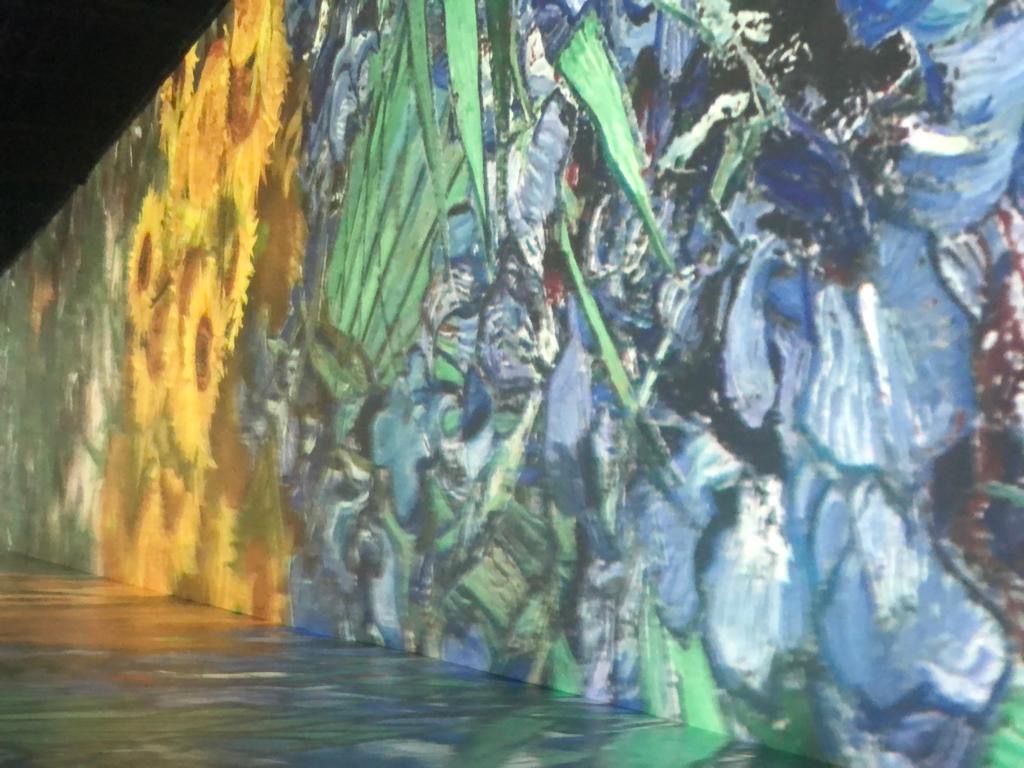
When it comes to immersive art, a sometimes generalized term, it refers to works which surround their viewers in a full-body experience, stimulating the human sense of sight, touch, sound and sometimes even smell. Viewers are able to become participants in the art and based on this, will have a completely different adventure with the piece than the person directly next to them. With these different pieces of art, exhibits are creating a new and exciting experience for museum-goers and changing the art landscape as it currently exists.
In Philadelphia, there are multiple destinations offering this type of experience. Within the past year, Wonderspaces Philadelphia opened its doors offering vivid spectacles for participants. The 24,000 square foot space holds 15 extraordinary art installations mixing art, music and technology. With no formal placards describing every piece, Wonderspaces encourages conversation and engagement amongst its guests.
Julia Chan (‘23) says, “While most museums consist of looking at artifacts and reading some information provided, Wonderspaces is more about getting an enriching experience. There are so many different exhibits that you wouldn’t find at a traditional museum.”
At Wonderspaces, every exhibit offers a different experience for viewers. You can walk through an installation with over 8,000 lights as the colors change with the thundering music. You can express your body by digitally painting a room or place yourself in an abduction journey through the powers of virtual reality. Hosting artists from all over the world, the Wonderspaces gallery contains $1 million worth of commissioned artwork that will not disappoint. Located inside the Fashion District, Wonderspaces Philadelphia is currently the largest location out of the three – the others in Austin, TX and Scottsdale, AZ – and it is open everyday except Monday and Tuesday on a long-term contract. Tickets for adults are $24; $20 for students, teachers, seniors, and military and healthcare workers; $15 for children aged 3-12 and free for children under three.
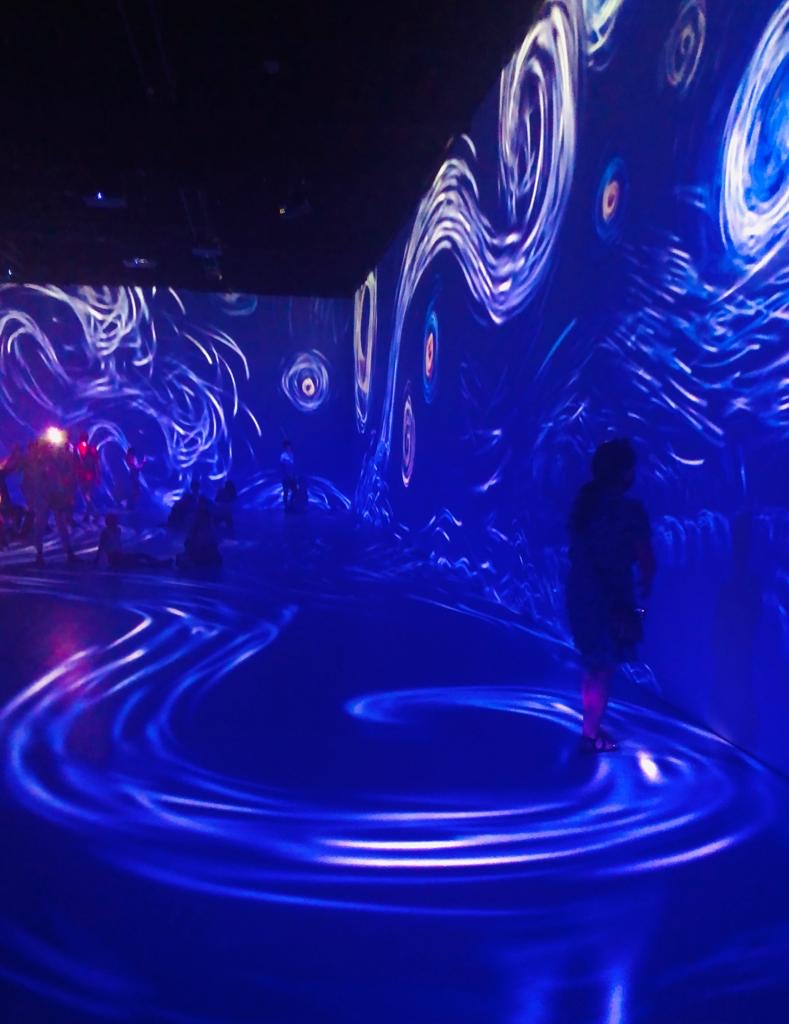
Philadelphia also hosts another popular immersive art experience known as “Van Gogh: The Immersive Experience”. The 360° exhibition teaches all about the life and story behind Vincent Van Gogh’s famous works. It includes 3-D visuals along with other presentations such as a virtual reality experience where you are placed in a virtual rendering of Van Gogh’s bedroom based on his paintings. It gives people an entirely new way of experiencing art using technology, animated displays, and sound to do it. One of the real highlights located at the end of the exhibit is a huge hall where you are left to indulge in a presentation about his paintings projected all over the walls.
Maya Pater (‘25) says, “You can sit and relax and watch his paintings come to life all around you, almost like you’re living in it. It’s an amazing way to perceive art work.”
Vibrant colors and the stars from Starry Night swirl around you as you experience an incredible ride learning about one of history’s best artists. You are quite literally immersed in his art along with music and animations to give you a thrilling Van Gogh experience. The exhibit is displayed at Philadelphia’s Tower Theatre.
As more of these immersive art experiences continue to open, the way art is perceived is continuously changing, growing, and adapting to the interests of viewers. Immersive art experiences are the newest update to art and they are here to stay. As Pater (‘25) says,“Immersive art experiences give people another way to imagine and be a part of the artwork. It’s something not everyone can experience.”
Take a visit to Wonderspaces: Philly’s Interactive Art Museum
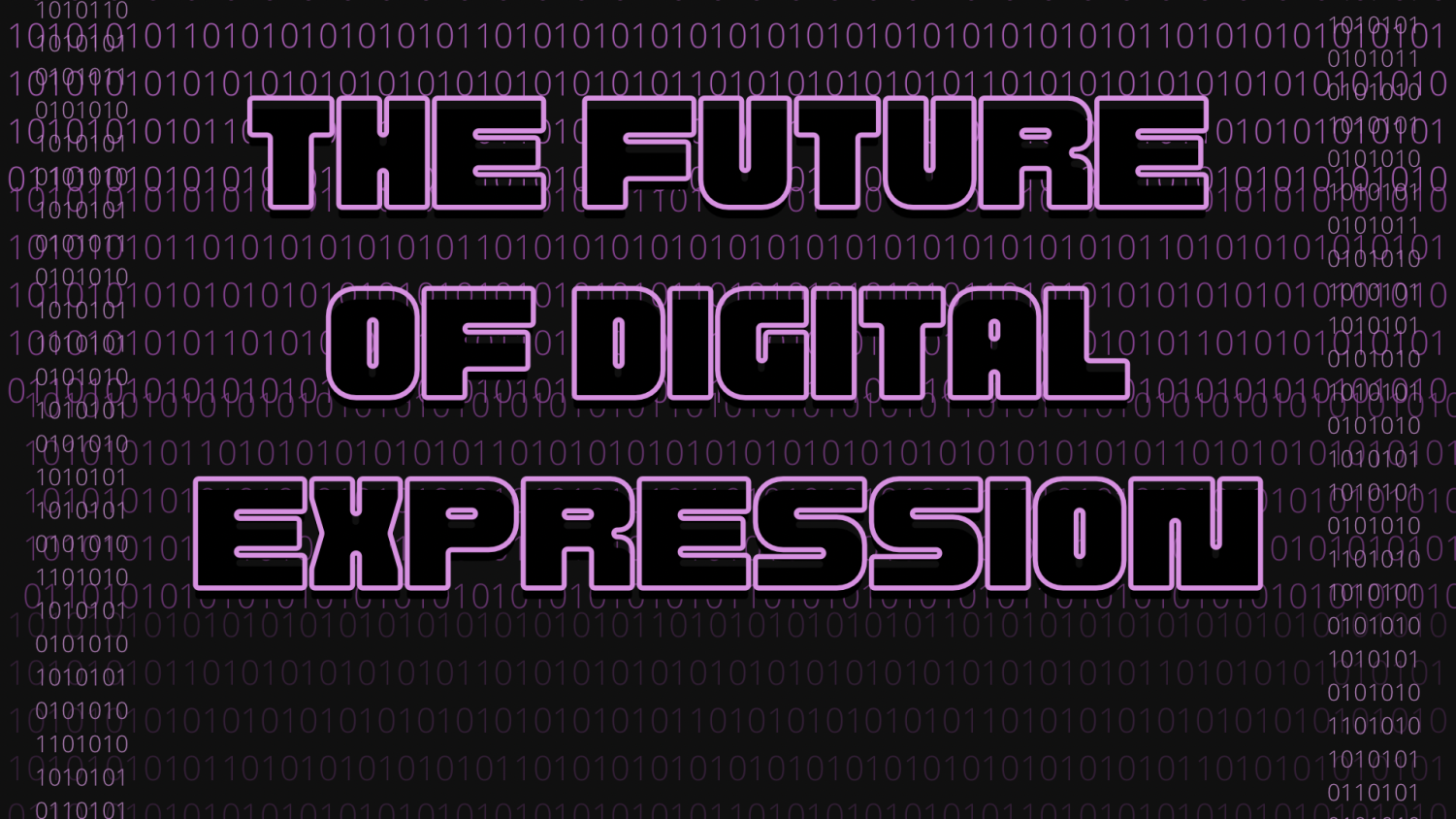
As new technological innovations continue to be introduced to the world, the possibilities for artistic expression are endless.
What are NFTs?
Throughout the 21st century, society has continued to develop a reliance on technology. First, computers and cell phones affected the way people interacted and now cryptocurrency is changing monetary transactions. In 2009, cryptocurrency first emerged with the introduction of bitcoin. Now, over a decade later, NFTs, or non-fungible tokens, are once again changing the digital marketplace. In 2021, more money was exchanged using NFTs than every before, coming in at about 25 billion dollars.
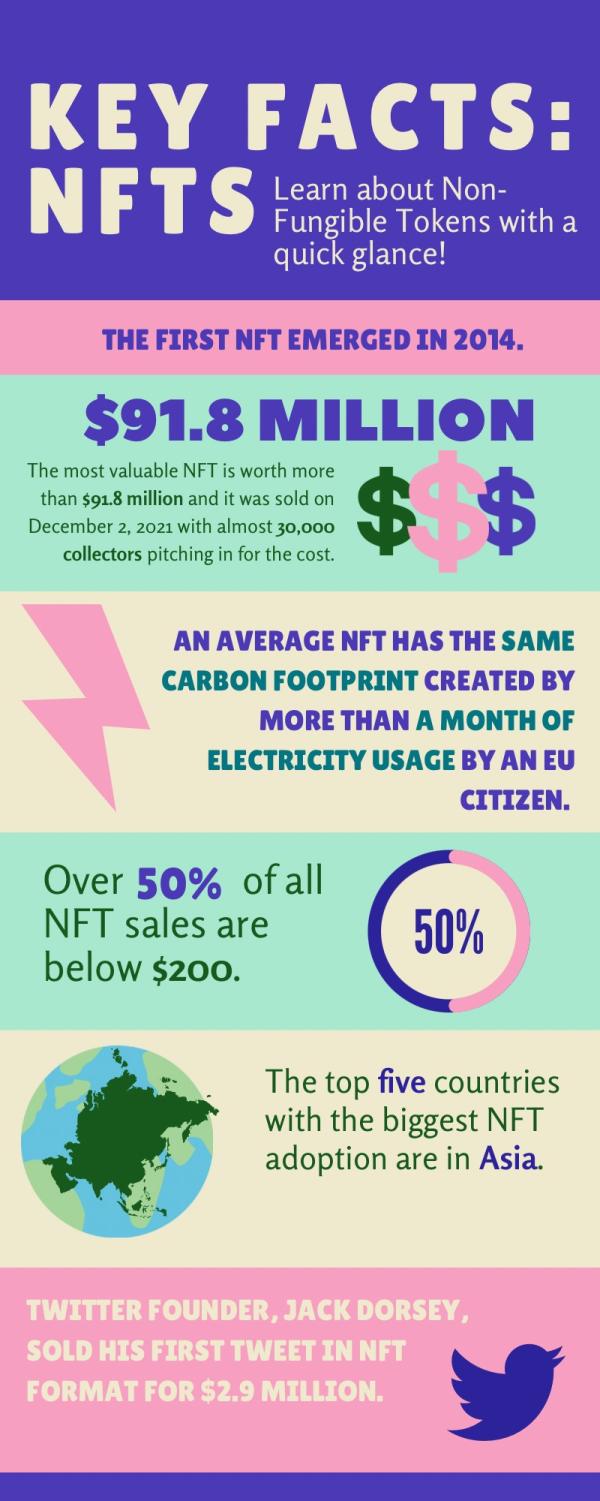
For many, the idea of cryptocurrency, especially bitcoin, is a very confusing idea. NFT’s are different than bitcoin. Due to their unique digital signature, NFTs are non-interchangeable. NFTs are anything digital, including videos and trading cards, but are now primarily used in regards to digital art. When one buys a piece of art using NFTs, they are given ownership of the original artwork; however, the creator is still able to reproduce the artwork, similarly to how non-digital artworks.
While some see this as an attack on the art industry, others believe that this promises the evolution of fine art collecting. Additionally, it opens the market for more artists to showcase their work and make a profit.
This is not to say that a large portion of the digital art market pertains to refined art. CryptoKitties are extremely popular on online platforms. This allows users to trade and sell virtual kitties for hundreds of thousands of dollars. Another extremely popular virtual item is pet rocks.
As NFTs become more lucrative, more marketplaces have begun to grace the internet. Some of the most popular include Binance, Nifty Getaway and OpenSea. While some users access these marketplaces to buy items of interest, others use the marketplaces in a manner similar to the stock market and work to make a profit through buying and selling digital items. All users need a digital wallet before buying NFTs after this is acquired, users can browse for interesting items and then make bets on items they would like to purchase. Placing bets can be dangerous because once a bid is placed, it cannot be canceled on most marketplaces.
As the industry grows more prosperous, many companies are capitalizing on the growing digital market and creating their own NFTs. These companies range from members of the movies industry, such as Marvel, to the food industry, like Taco Bell. Even the beauty industry entered the cryptocurrency market.
While it is typical for famous artwork to be sold for millions of dollars, not many would believe that many pieces of digital art are being sold for the same price. In February of 2021, Mike Winkelmann sold a piece of his art entitled, “Everydays: The First 5000 Days,” for over 69 million dollars. Other mediums are also being traded using this cryptocurrency. For example, William Shatner, a Canadian actor who played Captain Kirk in the Star Trek franchise, sold an x-ray of his teeth. Additionally, Jack Dorsey, the co-founder of Twitter, sold the first tweet he ever made for three million dollars.
While this may seem like an exciting new method of exchanging art and other items, many marketplaces have faced struggles with a large number of scams, counterfeits, and plagiarism. As a result one marketplace, Cent, had to halt many of its transactions. With the large amount being traded and the sudden boom of the industry, many marketplaces are failing to accurately regulate. While NFTs will continue to play a prominent role in the cryptocurrency and art industry for many years to come, it is important to remain safe and protect yourself against scammers.
Unlocking the artistic potential of artificial intelligence
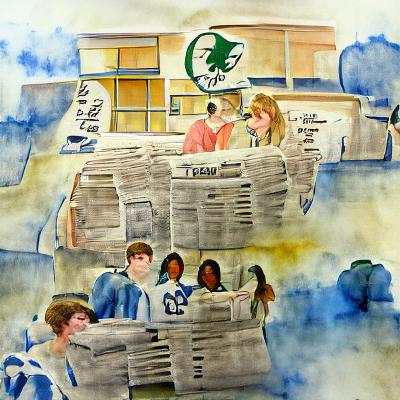
NightCafe Created, an AI-generated art platform, produced this watercolor-style art piece after being given the prompt “Eastside high school newspaper”.
Nowadays, it seems that artificial intelligence has become integrated into nearly every aspect of our lives. For many, it has become second nature to call on the help of AI-powered virtual assistants like Amazon Echo and Google Home everyday tasks. Everyday, AI-generated recommendations influence and even dictate our consuming and spending choices, from the products we slip into our online shopping carts to the TV shows and movies we watch. Technology — from artificial intelligence to robots — has advanced to match and overtake human skill in many aspects, from computing power to physical strength. For a long time, society has regarded creativity and artistry to be an exclusively human trait, something that artificial intelligence could not imitate. However, as AI advancements venture further into the artistic arena, it is clear that artificial intelligence will have some role in the future of the art world. But what exactly that role will be has sparked debate and contemplation among artists and computer scientists alike.
You may be surprised to learn that creations by AI “artists” have already hit the art market. In fact, in 2018, the fine art auction house Christie’s sold “Portrait of Edmond de Belamy” — an AI-created print in the style of 18th-century European portraiture — for a whopping $432,500. The sale shocked art connoisseurs around the world because not only was it the first AI-generated original artwork to come on auction, but the portrait had also sold for 43 times its estimated value (which had been $10,000).
“Portrait of Edmond de Belamy” was one of a series of portraits of the fictional Belamy family created by an AI algorithm created by “Obvious”, a Paris-based art collective. “Obvious” had fed thousands of 16th to 20th century European portraits into an algorithm. The algorithm was then able to identify certain techniques commonly used by these portrait artists and replicate them in its own series of paintings. And voila, “Portrait of Edmond de Belamy” was born. The process that “Obvious” used to train its algorithm is known as machine learning — the foundation upon which most AI algorithms are structured.
In other machine learning projects, scientists have developed AI algorithms that can create anything from music to poetry. For example, researchers at the University of Toronto and IBM were able to build an algorithm that learned to write its own Shakespearean-style poetry after being given a training set of 3,000 sonnets to process. On another occasion, scientists developed an AI — called the Deep Artificial Composer (DAC) — that was capable of generating melodies consistent with the style of the training data it received.
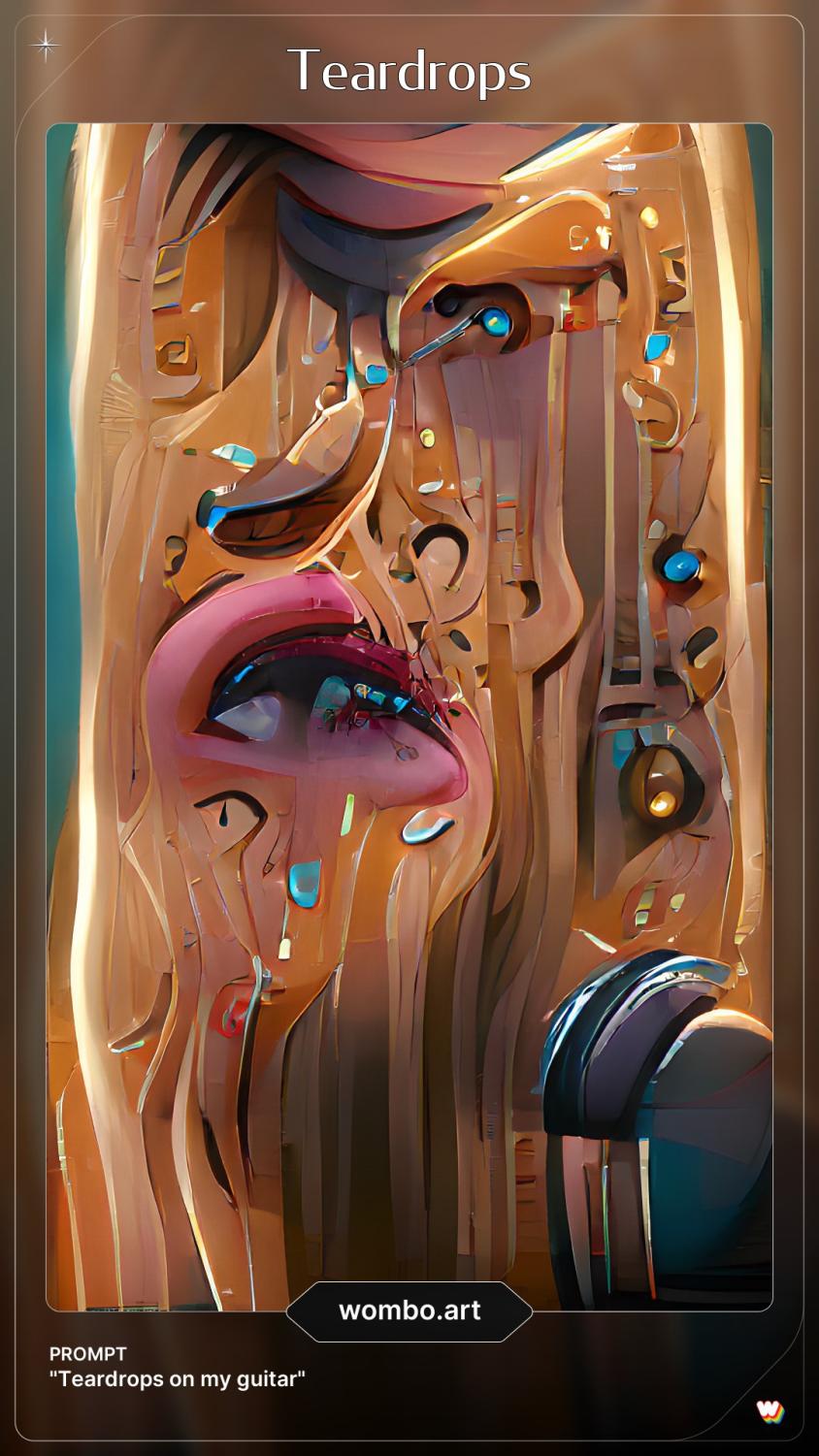
For example, after being given a data set of Irish folk melodies, DAC was able to “learn” to create a melody in the same style. Furthermore, in most studies, when presented with an AI-create music or art piece, people were frequently unable to tell the difference between which one had been AI-generated and which one had not.
However, you don’t have to be a computer scientist to experiment with AI-generated art. Through online platforms and mobile apps such as NightCafe and WOMBO Dream, users simply have to enter some words and phrases as prompts and select an art style in order to see their ideas turned into an AI-generated art piece.
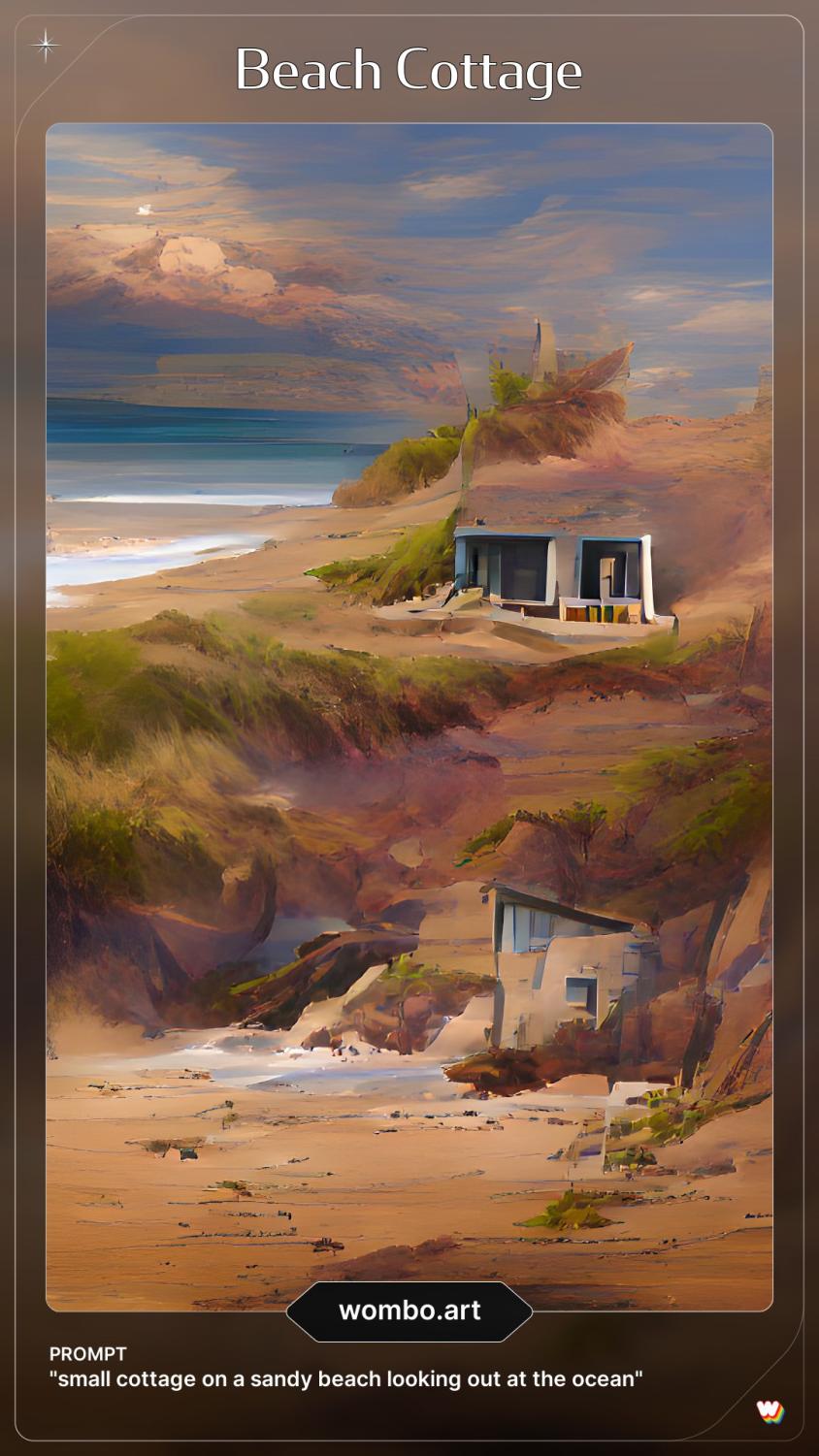
It is undeniable that artificial intelligence is capable of creating images that are aesthetically pleasing and beautiful. But whether or not AI is capable of replicating humans’ creative process is another matter. Even a baby may be able to press out a random, yet pleasant sequence of notes at a piano, but this is not meaningful nor creative — it is not art. Ultimately, even if the products of human artists and AI artists are essentially indistinguishable, there still exists a creative process and sense of agency in human artists that is lacking in AI.
Thus, it’s probably safe to assume that artificial intelligence won’t become the world’s next Van Gogh or Monet anytime soon. Society still craves to know the individuals, the people behind the art they consume in their daily lives.
It seems much more likely that artists of the future and even the present will forge a partnership with AI to create their pieces. To put it in other words, AI can act as an extension of human creativity and a way to augment our artistic skills.
For example, artist Sougwen Chung collaborates with robots to create beautiful pieces of art. Chung often works with one to several robot arms or with multiple robotic painting units to create stunning paintings. As they work, the robots read Chung’s lines, either through an overhead camera or a sensor on the tip of their brush that records positional data.
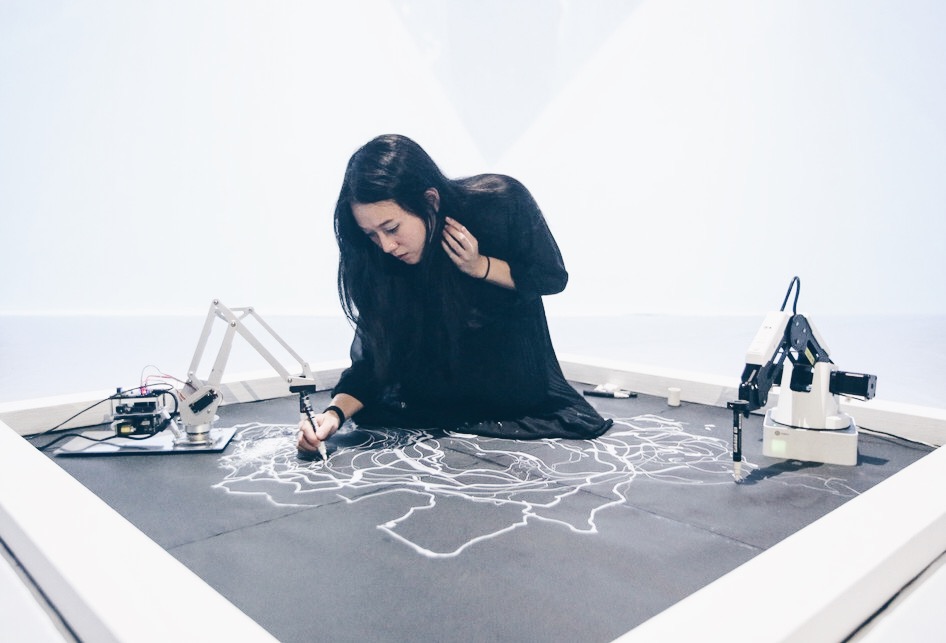
Using machine learning, the robot processes and “learns” Chung’s art style to mimic it while painting alongside them. Currently, Chung is also working further forging connections between the robots and their own creativity by weaving in data from their own biometrics, such as heart rate and brain waves.
Rest assured, the development of AI seems to be much more an evolution for the art world rather than an end. Artificial intelligence has strengthened human skills in a multitude of other careers and aspects of life, so why not art?
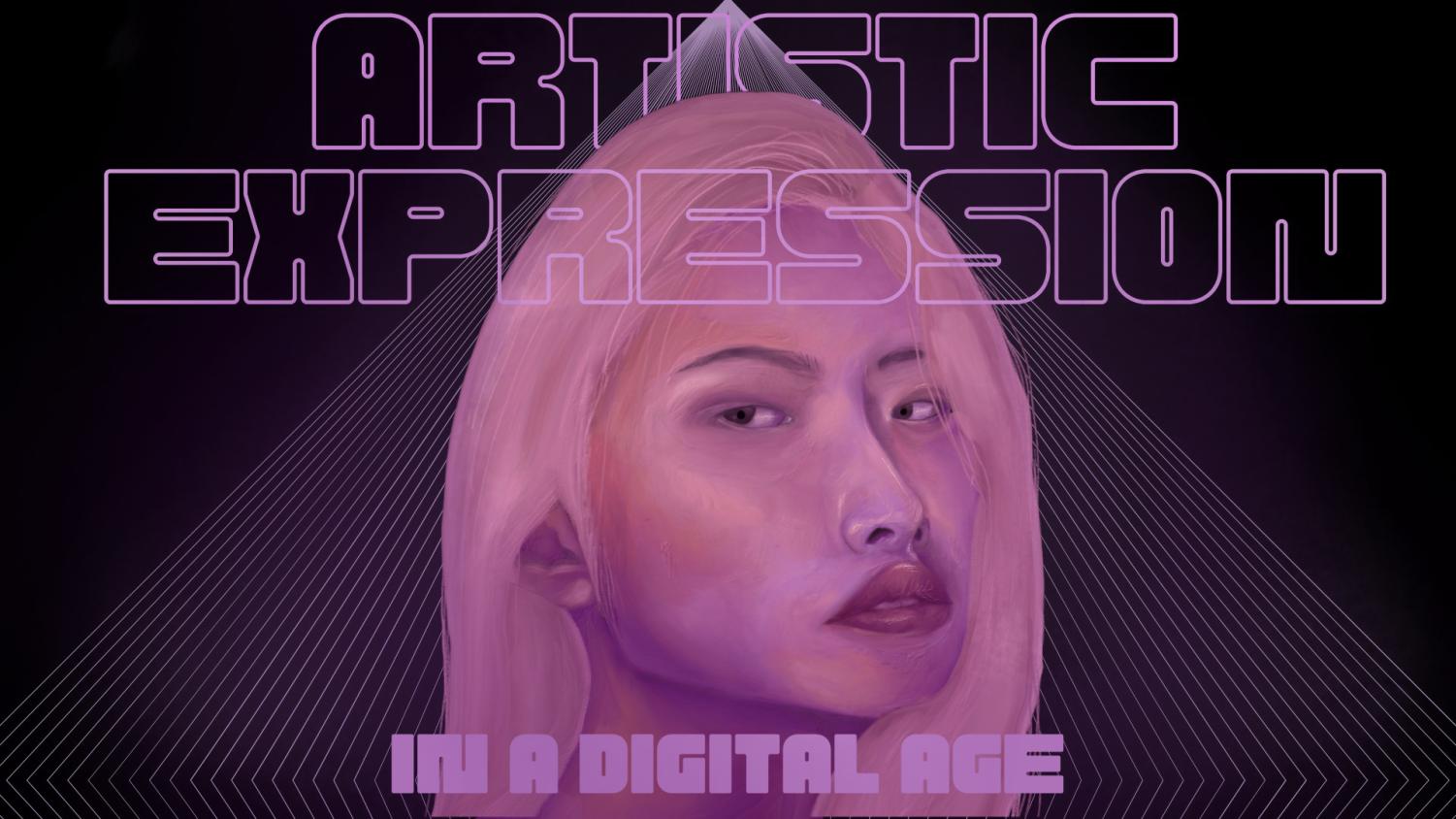

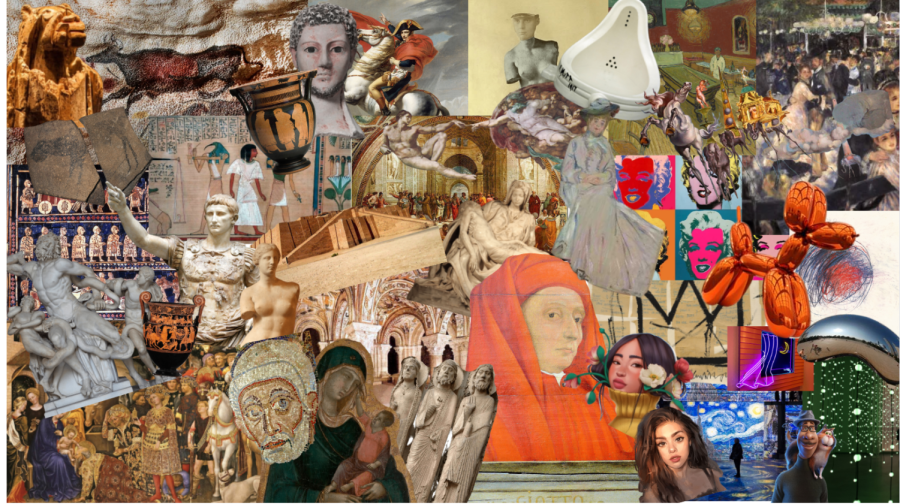
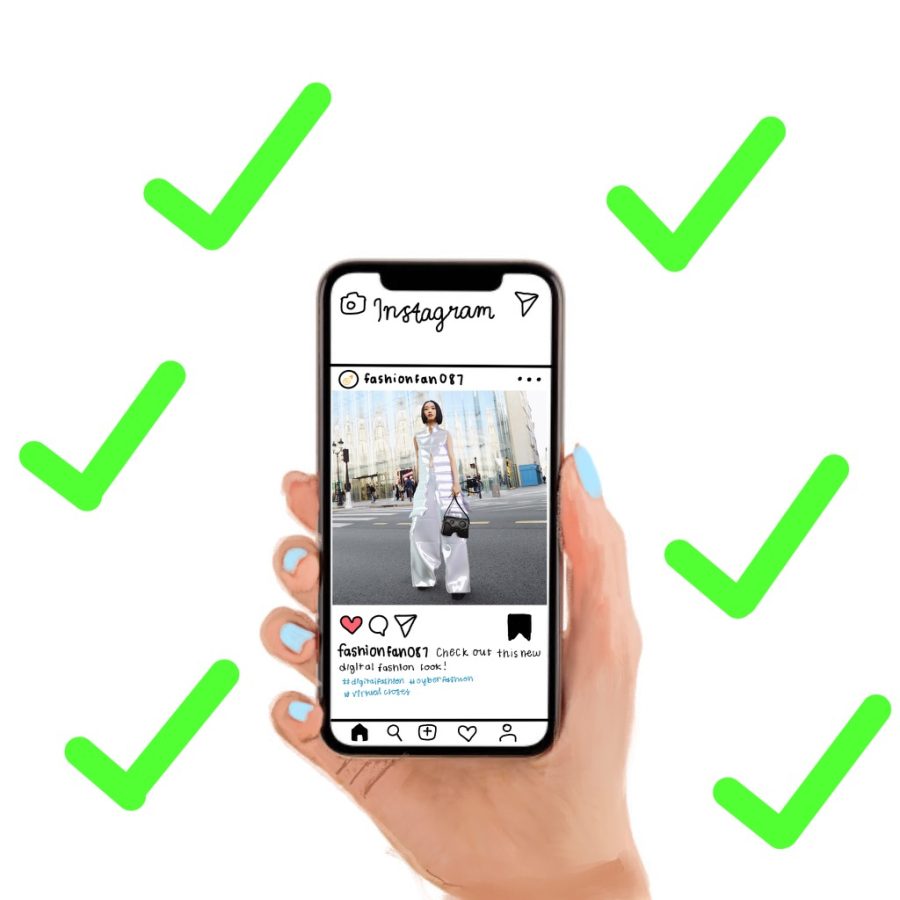
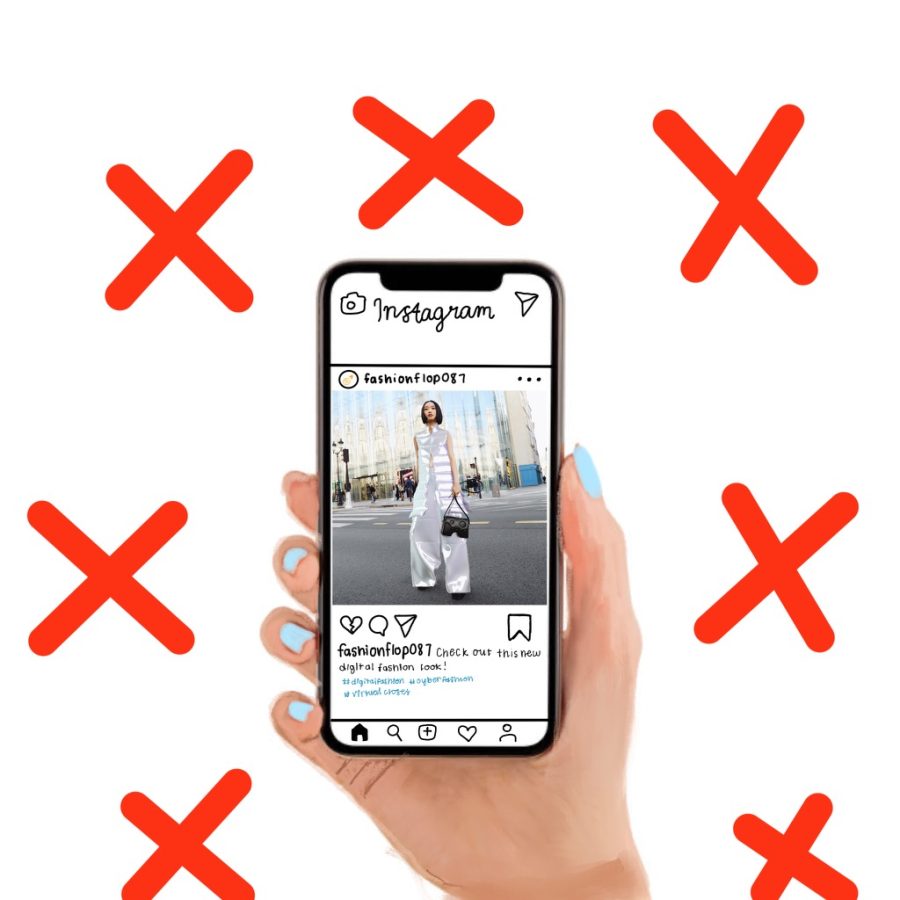
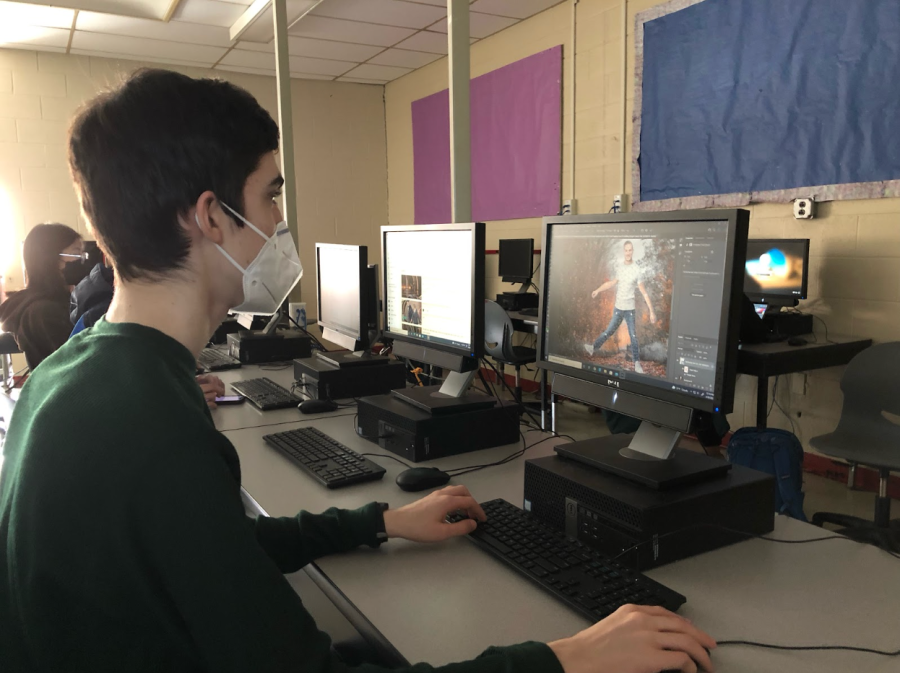
WU YuFan • Apr 14, 2022 at 9:58 pm
very meanningful article